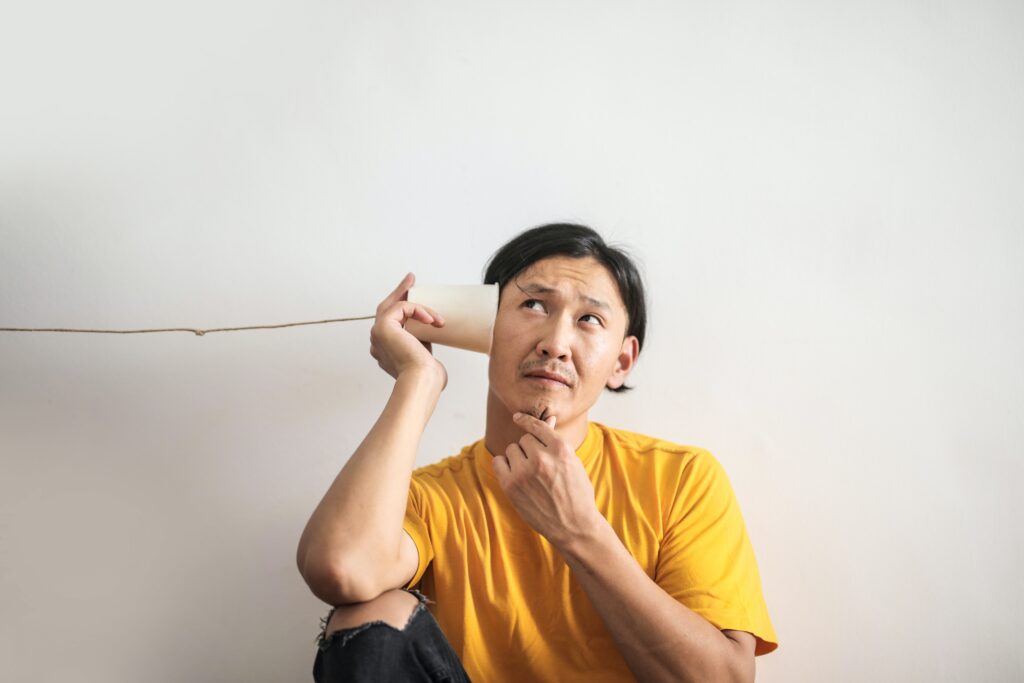Introduction
CAPR provides 50 sample questions for PCE written exam. These practice questions are available as a resource for candidates preparing for the Written Component of the Physiotherapy Competency Examination (PCE).
Let’s answer these questions and try to find the reasons.
A 3-month-old baby boy who has been diagnosed with congenital muscular torticollis is brought by his parents to physiotherapy in an out-patient department.
- On palpation, the physiotherapist finds tightness on the left sternocleidomastoid muscle. In which
of the following positions, would the baby most likely maintain his head?
A. Right lateral flexion and rotation to the right.
B. Right lateral flexion and rotation to the left.
C. Left lateral flexion and rotation to the left.
D. Left lateral flexion and rotation to the right.

The answer is “D”
The sternocleidomastoid muscle is a paired superficial muscle located in the anterior portion of the neck. It is one of the largest and most superficial cervical muscles and has a dual innervation and multiple functions. The primary actions of the muscle are rotation of the head to the opposite side and flexion of the neck. The muscle is responsible for tilting the head to the same side and elevating the sternum during forced inspiration. The sternocleidomastoid muscle is also involved in the stabilization of the head during movements of the upper extremities. Applying Kinesio-tape to the SCM muscle can impair standing postural control by affecting the neck muscles’ somatosensory123.
- The physiotherapist teaches a home program to the baby’s parents. Which of the following
instructions should the physiotherapist emphasize?
A. Incorporating the exercises into the baby’s daily routine.
B. Pursuing the exercises intensively at frequent intervals during the day.
C. Carrying out the exercises only when the baby is awake and can participate.
D. Doing the exercises only when the baby is asleep.
The answer is “A”
Congenital muscular torticollis (CMT) is a condition where the sternocleidomastoid muscle (SCM) is shortened and contracted, causing the head to tilt to one side. There is no standardized treatment for CMT, but with appropriate interventions, it has been found that 90 to 95% of infants will improve before the age of 1. Treatment for CMT includes gentle stretching, which helps ease tightness and lengthen the neck muscle. Infant stimulation is also recommended to encourage the infant to turn their head to the opposite side. In some cases, surgery may be required to lengthen the tight muscle, and physical therapy will resume after surgery to help the infant regain full range of motion12345.
- The baby’s torticollis improves with physiotherapy treatment. However, during a follow-up assessment at eight months, the physiotherapist identifies a motor delay. Which of the following assessment tools should the physiotherapist use to determine the child’s motor performance in relation to his peers?
A. Alberta Infant Motor Scale (AIMS).
B. Gross Motor Function Measure (GMFM).
C. Ashworth Scale.
D. Functional Independence Measure (FIM).
The answer is “A”
The Alberta Infant Motor Scale (AIMS) is a standardized observational examination tool used to assess the maturation of gross motor skills of infants from birth to 18 months of age. The AIMS evaluates weight-bearing, posture, and antigravity movements, including prone, supine, sitting, and standing positions. The AIMS is used to identify delayed motor development in infants and to monitor the progress of infants with motor delays. The AIMS is a reliable and valid tool for assessing gross motor development in infants and is widely used in clinical and research settings. The AIMS assesses gross motor development from birth through 18 months of age and is a valuable tool for healthcare professionals working with infants12345.
The Gross Motor Function Measure (GMFM) is a clinical tool designed to assess changes in gross motor functions in children with cerebral palsy. The Ashworth Scale is a clinical tool used to assess spasticity in patients with neurological conditions. The Functional Independence Measure (FIM) is a clinical tool used to assess the patient’s ability to perform activities of daily living12345.
Conclusion
We tried to answer three items from the CAPR sample questions. How was your result?
I will post other questions with explanations, so let’s beat the exam together!
WORK IN CANDA. YOU NEED TO SPEAK ENGLISH.
DO YOU WANT TO IMPROVE YOUR ENGLISH?
CLICK HERE!
There is more about CAPR and PCE articles in this blog.


Pingback: PCE WRITTEN EXAM PRACTICE QUESTIONS – 3 - My Physio Adventure
Pingback: PCE WRITTEN EXAM PRACTICE QUESTIONS – 2 My Physio Adventure
Pingback: PCE WRITTEN EXAM PRACTICE QUESTIONS – 6 My Physio Adventure